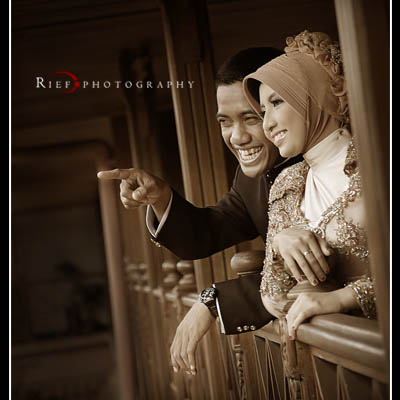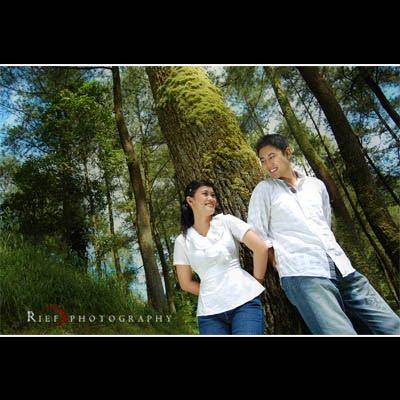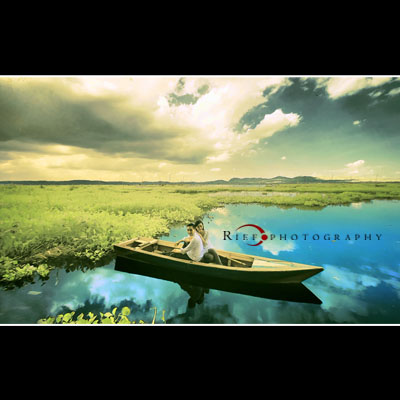Zeiss Ikon by Kenrockwell
The Zeiss Ikon is a Leica M-mount rangefinder camera that is much nicer than I expected. It uses every Leica lens made for the M cameras since 1954, as well as Zeiss and Voigtländer lenses made for Leica.
The Zeiss Ikon is a wonderfully easy-to-use camera. Its English user's manual is only 24 pages, and if you already know how to load and shoot any other film camera, you can skip it.
The Zeiss Ikon is a replacement for the Leica M7, both of which are manual-focus electronic 35mm cameras.
Here's 99% of my review: The Zeiss Ikon works and feels better than a Leica M7 for actual shooting, while the Leica M7 feels better for holding in your hand and showing around to your friends. They both do the same thing. For actual photography, I find plenty of advantages to the Zeiss over the Leica.
The Leica M7 costs over three times as much, weighs over 30% more and takes twice as many tougher-to-find batteries, but the Leica does feel nicer to play with. The Leica M7 and might be more likely to have parts available 50 years from today, but for actual photography, the Zeiss Ikon is a better camera.
The only tangible things at which the Leica M7 beats the Zeiss Ikon are long exposure times, extreme low-light metering and TTL flash. The Zeiss may not have TTL flash, but it does have a 1/125 sync which actually lets you use flash compared to Leica's silly 1/50 sync. The Zeiss stops at 8 seconds, which is more than enough for most people, while the M7 goes to 38 seconds in Auto, and clocks bulb exposures with an LED timer out to 16 minutes.
Both the Zeiss and Leica M7 have TTL metering for regular exposures, and both have metered manual modes.
The Zeiss Ikon has a clearer finder than the Leica M7. The M7's finder is often littered with finder lines for other lenses, while the finder of the Zeiss Ikon usually shows only the lines you need. The Zeiss finder tells you what lines correlate to which lens, while you have to guess with the Leica.
The Zeiss Ikon's viewfinder is 5mm further away from the lens, so there is much less finder cutoff with the LEICA 28mm f/2 SUMMICRON-M ASPH and LEICA 35mm f/1.4 SUMMILUX-M ASPH than on the M7.
The finder of the Zeiss Ikon allows you to put straight lines in the subject on top of the frame lines in the finder, while the Leica M7 often distorts the subject as seen through the finder so that lines on the subject curve and cannot be placed on the straight lines of the finder frame lines.
The Zeiss Ikon has a big eyepiece so you can see the entire 28mm frame, while the tiny rectangular hole in the eyepiece of the M7 0.72 makes the 28mm frame hard to see.
The rangefinder spot of the Zeiss Ikon is always clear and visible, while many Leica M7s flare easily, requiring me to have to move my eye around to focus.
The Leica shoots with a dull click, while the Zeiss isn't much louder as a sharper, more metallic click. (The Leica shutter is cloth, while the Zeiss is metal.)
The Leica is a pain to load, while the Zeiss is a breeze. The Zeiss has a window to show you what film is loaded, while the Leica has nothing.
The Zeiss Ikon allows direct locking adjustment of film speed, while the M7 offers no lock and a kludgy at best arrangement for setting film speed. My Leica M7 has been horribly unreliable in setting film speed, while the Zeiss Ikon I borrowed worked like every other camera.
The Zeiss Ikon makes it easy to set exposure compensation without taking your eye from the finder, while the M7 makes you take the camera away from your eye and screw with interlocks.
The M7 magically locks exposure with the shutter halfway down, while the Zeiss Ikon has a dedicated AEL button you can hit with your eye on the finder. Once locked, the Zeiss Ikon stays locked for as many exposures as you like, while you'd have to go into Manual with the M7 to do the same.
The meter pattern of the Zeiss Ikon is a perfect center-weighted pattern, while the M7 meters only from a limited central area which often requires you to meter from one area and recompose using the M7's always-present AE lock.
The meter of the Zeiss Ikon works normally, while the meter of the M7 goes bananas if you point it at anything that flickers like a computer or TV monitor. (The M7's meter's time constant is way too fast — a design flaw — so its readings flicker all over the place if you point it at most TVs.)
The Zeiss Ikon comes in four versions: your choice of silver or black, and with or without the viewfinder and rangefinder.
Black and white are the same price. The usual version shown here sells for about $1,410, and the version without the finder sells for about $925 in the USA as of June 2009.
All versions have TTL metering.
The finderless versions have three external LEDs to show the general shutter speed range in Auto, or delta in manual exposure.
Zeiss calls the finderless versions "Superwide," since you use external finders for superwide lenses anyway. I'd get the regular version, since all Leica and Zeiss superwide lenses couple to the rangefinder for focus, even if you need external finders for 21mm, 18mm and 15mm lenses to cover the wider angles.
I like this Zeiss Ikon, but I've not been excited by any of the Voigtländers I've used.
Yes, both Voigtländer and Zeiss are made by Cosina, but they are completely different cameras.
There is no joy in using the Voigtländers. The Voigtländers are practical, but not that much fun to use.
The Voigtländers require you to select the framelines manually every time you change lenses, while the Zeiss, Minolta and Leicas do this automatically.
The Voigtländers have skimpy viewfinder base lengths, making them sketchy for use with anything longer than a 50mm lens, while the long-base rangefinders of the Leica and Zeiss Icon make using 90mm lenses a breeze. Even the Minolta CLE has a wider rangefinder base than the Voigtländers.
Minolta stopped making CLEs in 1985. The CLE lacks AE lock and many finder framelines, but also otherwise replaces the Leica M7. The CLE and M7 have TTL flash, if you care, which the Zeiss doesn't.
The CLE is smaller and lighter, and has a shorter rangefinder base length than the Leica or Zeiss.
Zeiss pays homage to the CLE's strong Leica heritage by copying the CLE's C-shaped body cross-section and rewind crank! I'm serious: compare the bottoms of the Zeiss and the CLE and you'll see they have the identical shape and rewind crank. The only difference is that Zeiss has a separate back release button, while the CLE integrated it into the rewind crank.





























Tidak ada komentar:
Posting Komentar